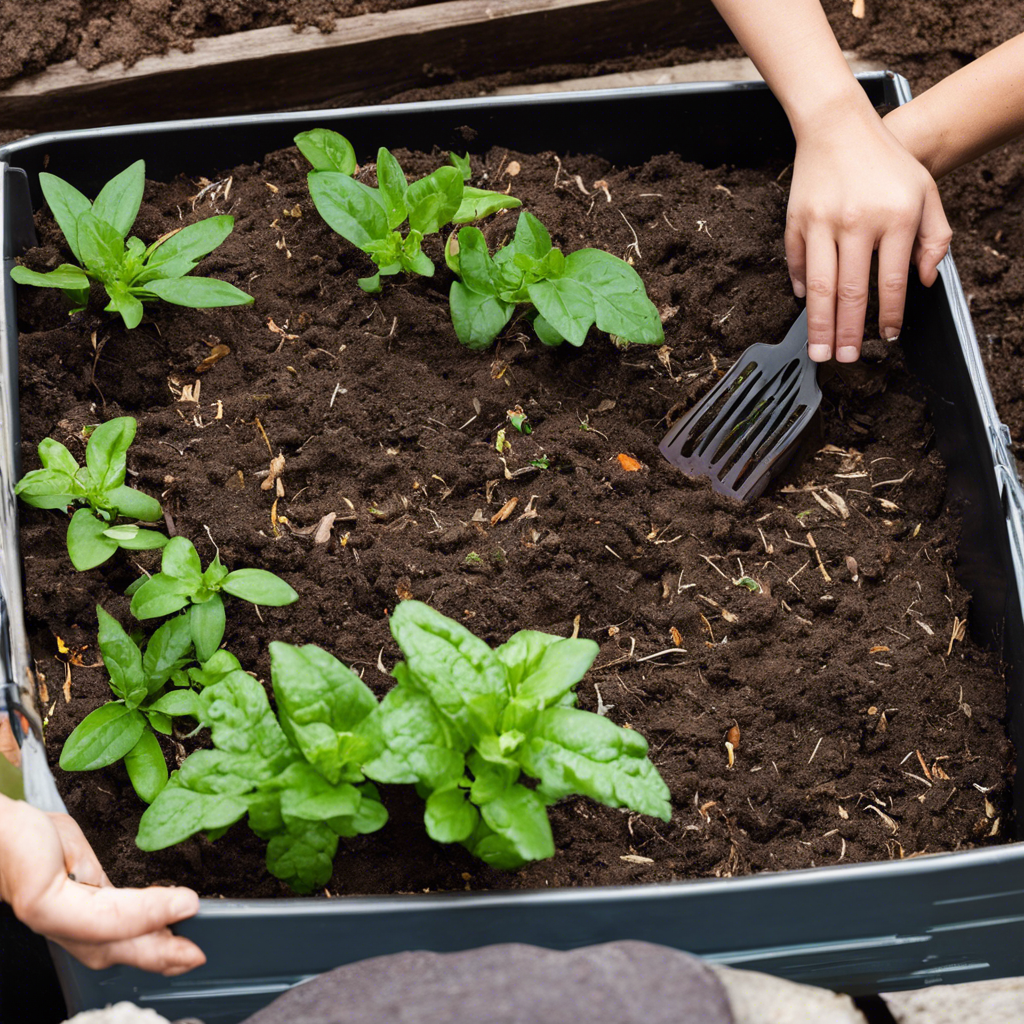Backyard composting is a fantastic way to reduce kitchen waste, create rich soil for your garden, and even save money on your trash bill. It might seem intimidating at first, but with a few simple steps, anyone can become a master composter. So, if you’re interested in shrinking your carbon footprint and boosting your garden’s health, read on for a straightforward guide to starting your own backyard compost bin.
First things first: location, location, location! Choose a dry, shady spot in your yard that’s convenient to access. This will be the home of your compost bin. You can purchase a ready-made bin or build your own using wood, chicken wire, or recycled plastic. Aim for a size of at least 3 feet x 3 feet x 3 feet to allow for adequate airflow and decomposition.
Once your bin is in place, it’s time to start filling it. A good compost pile needs a balance of green (nitrogen-rich) materials and brown (carbon-rich) materials. Green items include fruit and veggie scraps, coffee grounds, and grass clippings, while browns include dry leaves, shredded paper, and cardboard. Aim for a ratio of roughly 3 parts brown to 1 part green, and be sure to chop or shred larger items to speed up decomposition.
Don’t forget to water! Moisture is key to helping the bacteria in your compost pile break down materials. Your pile should feel about as damp as a wrung-out sponge. Too wet, and it will become smelly and attract flies; too dry, and decomposition will slow to a crawl.
Every few weeks, give your pile a good turn with a pitchfork or compost aerator. This process speeds up decomposition by introducing oxygen and ensuring that all materials are broken down evenly. It also helps to prevent your pile from becoming a cozy home for unwanted pests.
You’ll know your compost is ready when it looks and feels like rich, dark, crumbly soil. This usually takes anywhere from a few months to a year, depending on your maintenance and the materials you use. Sift out any larger bits that haven’t fully decomposed, and then use your homemade compost in your garden or potted plants.
Starting a compost pile may seem daunting, but it’s truly as easy as gathering waste and letting nature do the rest. Not only will you be cutting down on the amount of trash sent to landfills, but you’ll also be treating your garden to a nutrient-rich feast. So, what are you waiting for? It’s time to get composting!
With these simple steps, you’ll be well on your way to becoming a master composter, shrinking your carbon footprint, and reaping the benefits of this rewarding practice. Happy composting!
